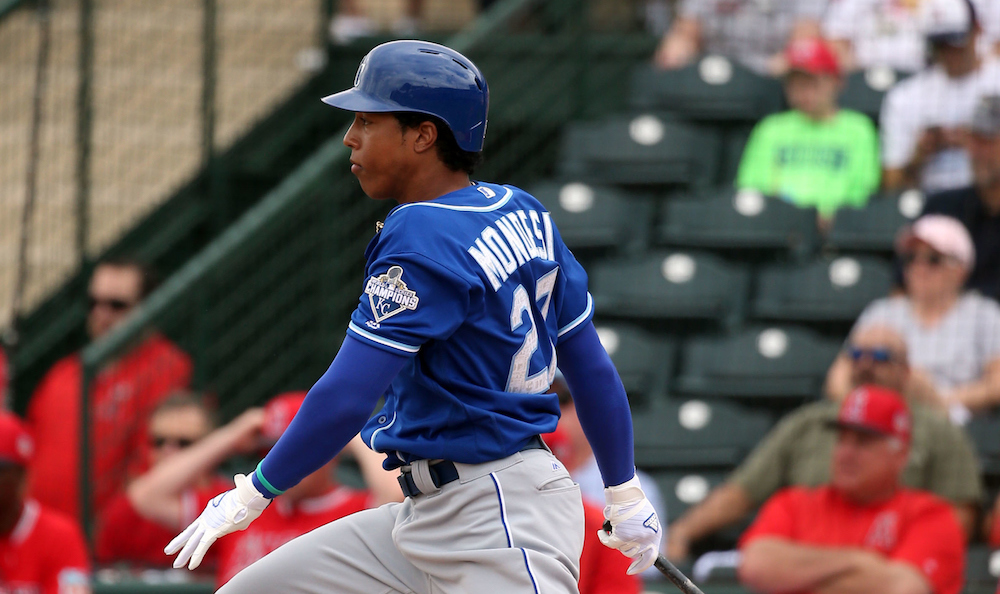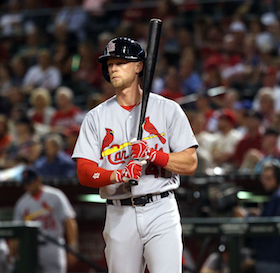Feature Photo: Raul A. Mondesi, INF, Royals
Before the season started, we were already doing our homework. When the first pitch of the 2016 season was thrown in the early evening hours of April 3, we here at Les Debutantes had already created “prep pages” for every player on each of the 30 clubs’ 40-man rosters who would be making his MLB debut if/when he got called up. Hundreds of pages. We’d been working off of the original spring training invitee list so we’re talking every eighth-string catcher brought in to give all those rusty pitchers a target; every high draft pick whose contract had guaranteed an invitation; players who were sent en masse back to minor league camp as soon as games began. All of them. That was one damned heavy looseleaf binder.
Now, obviously, not all of the 258 debutantes were on 40-man rosters when the season started. Many had their contracts purchased from their minor league outposts. A large handful had not even been at spring training, necessitating even more new pages to add to the hernia-inducing looseleaf.
And not all of the potential debutantes on 40-man rosters on April 3 were still on 40-man rosters on October 2 (casualties along the way of the Grim Reaper transaction known as “designated for assignment” when roster spots were needed for others).
But we stayed on top of the situation, kept track each day in the transaction files to see who might be joining this exclusive club, scoured the box scores every morning, and at the end of each week provided you, our readers, with some tidbits and info and stats, and even some fun facts along the way.
When we reached the All-Star break, we took the time to do a little creative meandering down memory lane to recap the first-half debuts.
With the regular season now in the rear-view mirror, we’re going to revisit those categories, and have some fun adding a few other categories, highlights, lowlights and other events of note as we recap the season.
* * * * *
BY THE NUMBERS:
Number of players who debuted in 2016: 258. Or, arguably, 257.
You see, we had a spirited debate in late July about whether or not Kansas City second baseman/shortstop prospect Raul A. Mondesi qualified for the package. When Mondesi got the start at second base in his club’s July 26th 13-0 loss to the Los Angeles Angels, he was technically making his MLB regular-season debut. However, the previous October, he had become the first player in history to actually make his MLB debut IN THE WORLD SERIES. So, did he still qualify to be in this package, since technically it wasn’t his MLB debut? Or did we include him because it was his regular season debut. And because we are all about inclusiveness here, we erred on the side of putting him in. So we’ll call it 258 in our history books, and Raul A Mondesi goes down as No. 157.
2016 Debut No. 1 was St. Louis Cardinals outfielder Jeremy Hazelbaker, who pinch-hit for starting pitcher Adam Wainwright in the top of the seventh inning of the Cards’ 4-1 loss to Pittsburgh in the MLB opener, April 3, striking out swinging. He edged out his own teammate, relief pitcher Seung Hwan Oh, by mere minutes, as Oh came on to pitch in relief in the bottom of that inning.
2016 Debut No. 258 came on the final day of the season, October 2, when Washington Nationals catcher Spencer Kieboom pinch-hit for pitcher Sammy Solis in the eighth inning of a 10-7 win over Miami, walking and scoring a run.
Debuts made by month/date: No really big surprises here, considering that the two “rush hour” periods for debuts tend to be the first week of the MLB season and the first week of September, after active rosters expand from 25 to 40 men. And, thus, April ranks first with 54 debuts made, while September is a close second at 49. August clocked in a close third with 46, perhaps precipitated by a lot of tired arms coupled with some teams tinkering with their lineups in anticipation of post-season roster needs. May saw 40 debuts, followed by July (38) and June (30). Oh, and October had one: the aforementioned Debut No. 258, Spencer Kieboom.
Breaking down those debuts a little more specifically, again no big surprise, the single most debuts came on April 4 (eight), the first REAL day of the MLB season (the April 3 game was the newly traditional night-before start), followed by April 5 (seven). And then, similarly, September 2 featured seven debuts, as many of the newly-recalled players from September 1 were thrown into battle, followed by September 3 (six).
A few oddly random dates that saw a lot of debuts: August 2, for some reason, saw six players make their MLB debuts. May 16, July 17, August 13 and September 12 all saw five.
Debuts made by position: This category is a little tricky because some players are identified as a certain position when they’re called up but play elsewhere (you see a lot of that in the infield and infield/outfield, as well as with DHs who hate to be called DH so are frequently referred to as first basemen or left fielders or something). So, don’t take any of this engraved in stone BUT there are certainly a few takeaways:
- 61 percent of the debuts were pitchers while 49 percent were position players (or DHs). That broke down as 158 pitchers, 100 position players.
- Of the position players, a very basic breakdown shows 12 catchers, 20 corner infielders, 32 middle infielders, one infielder/outfielder and 35 outfielders.
- Of the pitchers, 113 were right-handers and 45 left-handers. So, 28.4 percent of the pitchers making their debuts were left-handers, although approximately only 10 percent of the general population is left-handed.
Debuts made by organization: The prize for willingness to give the new kids a chance to play in the playground goes to the Oakland Athletics, who had 15 players make their MLB debuts this season. Bravo! Tied for second were the Houston Astros, Atlanta Braves and San Diego Padres, each of whom debuted 13 players, followed closely by the Cincinnati Reds, Pittsburgh Pirates and Colorado Rockies, each with 12.
Not so ready to give the kids a shot (or, arguably, not as well stocked with players ready to take that shot: debate amongst yourselves)? The Los Angeles Angels had only three players debut this season (one of them, pitcher Greg Mahle, threw only 18.1 innings; the second, catcher Juan Graterol, had just 12 at-bats; and the third, first baseman Ji-Man Choi, was a Rule 5 pick from Seattle and as such was required to remain with the team all year). Going with the proven players didn’t really make a difference as they battled it out with newbie-filled Oakland for the AL West basement.
Also stingy with their invitations to the big dance? The Detroit Tigers, Washington Nationals, Milwaukee Brewers and San Francisco Giants with five debutantes apiece, followed by the Toronto Blue Jays, Seattle Mariners, Miami Marlins and Chicago Cubs with six each.
* * * * *
LETS GO TO THE BIRTH CERTIFICATES!
Age range of debutantes: The age range of the debutantes at the time of their debuts spanned a total of 14 years, from 19-year-old Dodgers pitcher Julio Urias, the only player to make his debut as a teenager, to a pair of Korean professional league veterans, Mariners first baseman Dae-Ho Lee and Cardinals pitcher Seung-Hwan Oh, who were both 33 when they debuted.
The oldest “domestic” player to make his debut was Texas Rangers pitcher Tony Barnette, who first stepped on a major league mound at the age of 32, coming home after six years hurling in the Nippon Professional Baseball League.
In total, nine players debuted at 30 or older, with the other six being: Arizona pitcher Matt Buschmann and Astros infielder Yulieski Gurriel (32), Detroit pitcher Dustin Molleken and Tampa Bay pitcher Eddie Gamboa (31) and Tampa Bay pitcher Tyler Sturdevant and Texas pitcher Matt Bush (30).
13 players, including Urias, debuted at 21 or younger. Making their debuts at 20 years old were the aforementioned Raul A. Mondesi and Texas outfielder Nomar Mazara, who made his debut 16 days shy of his 21st birthday.
Debuting at age 21 were: Boston infielder Yoan Moncada; Colorado pitcher German Marquez; Texas pitcher Yohander Mendez; Phillies pitcher Joely Rodriguez; San Diego outfielder Manuel Margot; Chicago White Sox pitcher Tyler Danish; St. Louis pitcher Alex Reyes; Milwaukee shortstop Orlando Arcia; and Washington pitcher Lucas Giolito.
Debuts made by birthday: The poem goes that April is the cruelest month, but baseball fans already know that’s not true. And when it comes to birthdays of the debutantes, it falls right in the middle with 20 debutantes, including a trio of “birthday twins.”
In fact, the cold, bitter days of December brought a lot of holiday gifts, with a debut crop-leading 30 debutantes born in that final month of the year. And December also boasts a very special date: December 4, 1992, marked the birth of THREE of our debutantes: Tampa Bay pitcher Blake Snell, Houston pitcher Joe Musgrove, and Oakland pitcher Raul Alcantara. That is the only date on which more than two of our debs were born (see full list below for “birthday twins”).
The month with the fewest representatives on our list? June with just 14. But, of those 14 players, FOUR of them share the same birthday. June 9 is the only birthday to have been shared by four 2016 debutantes: Houston’s Yulieski Gurriel (1984), Atlanta pitcher Joel de la Cruz (1989), Colorado catcher Tony Wolters (1992) and Yankees pitcher Jonathan Holder (1993).
The rest of the breakdown? May had 25; February, July, August and November had 23; September had 22; January, April and October had 20; March had 15.
We had 11 pairs of debutante “birthday twins,” i.e., players who shared the same birthday/birth year. We’ll list them here so that the next time they see each other they can share a special hug or handshake or something:
- January 31, 1994: Atlanta pitcher Rob Whalen and Phillies pitcher Jake Thompson.
- February 22, 1992: Arizona pitcher Braden Shipley and Kansas City pitcher Kevin McCarthy.
- April 11, 1988: San Diego infielder Ryan Schimpf and Dodgers pitcher Kenta Maeda.
- April 25, 1992: Yankees pitcher Luis Cessa and Pittsburgh pitcher Trevor Williams.
- April 26, 1992: Yankees outfielder Aaron Judge and Pittsburgh pitcher Steven Brault.
- May 24, 1991: Milwaukee pitcher Damien Magnifico and Yankees pitcher Chad Green.
- August 29, 1989: Boston pitcher Robby Scott and Milwaukee pitcher Brent Suter.
- October 20, 1990: Oakland catcher Bruce Maxwell and San Francisco pitcher Ty Blach.
- October 31, 1991: Houston infielder Tony Kemp and Dodgers pitcher Brock Stewart.
- November 2, 1990: Washington outfielder Brian Goodwin and Arizona pitcher Matt Koch.
- December 22, 1989: San Diego infielder Patrick Kivlehan and Pittsburgh catcher Jacob Stallings.
Special mention goes to the guy least likely to have a birthday twin: Cubs pitcher Gerardo Concepcion, born on February 29, 1992. He became the first February 29 baby to play in the majors in 10 years, since Terrence Long retired in 2006, and is just the 13th major league player in history with that birthday. Be sure to wish him a happy seventh birthday in 2020!
The name game – last names: Only two letters of the alphabet were NOT represented on the list of last names of our debutantes. One, not surprisingly, was X. To this day, there has never been a major league player whose last name begins with X. The other, this season, was I. The breakdown ranged from 34 Ms, 27 S’s (led, not surprisingly, by four Smiths – Blake, Jake, Kevan and Mallex), and 25 Bs, to one representative apiece for the letters U (Julio Urias) and Z (Rob Zastryzny). We even had two Qs (thank you Roman Quinn and Juniel Querecuto). After Smith, the most popular last name for a deb was Diaz with three (Aledmys, Dayan and Edwin) along with two each of Anderson, Barnes, Fulmer, Hernandez, Kelly, Reed and Ynoa.
The name game – first names: Our debs’ names ran the gamut of old-school tradition to new-school tradition to an awesome reflection of the diversity of the game and everywhere in between.
The most popular names, including some variations within? Matt/Matthew (nine Matts and a Matthew); Tyler/Ty (eight Tylers, two Tys and a Tyrell for good measure); Jake/Jacob (four Jakes, two Jacobs and a JaCoby); Joe/Joseph (two Joes, two Joeys, two Josephs and six Joses); and all variants of John (two Johns, two Johnnys, two Jonathans and two Juans, plus a Yoan).
We also had: Alex (three), Andrew (three plus an Andy), Daniel (four, plus a Dan and a Danny), Chad (four–hey, it’s an election year); Hunter (three); Mike (four plus two Michaels); Pat/Patrick (three of one, two of the other); Ryan (three plus Ryon); Rob/ert (three Robs, two Roberts and a Robby); Steve/n (two of each) and Tony (four).
But … our list also included an amazing 25 names (not including the names of the Korean players) who each became the first-ever MLB player bearing their first name! Here is that list in alphabetical order: Aledmys, Alen, Ashur, Dansby, Edubray, Destin, Jabari, Jandel, Jeimer, Jharel, Juniel, Koda, Mallex, Perci, Raimel, Rio, Ryon, Tayron, Teoscar, Warwick, Willson, Yefri, Yoan, Yohander and Yulieski.
* * * * *
FUN DEBUT FACTS AND HIGHLIGHTS:
Most unusual debut: His name was Rio and he did not dance on the sand. Or play the field. Or run the bases. Or swing a bat. Or, actually, even step up to the plate. But he got into the box score on September 18, which counted as his major league debut. Rio Ruiz, a third base prospect for the Atlanta Braves, had his contract purchased from Triple-A Gwinnett on September 17 and, on September 18, was announced as the pinch-hitter for Braves reliever Shae Simmons with two outs in the bottom of the seventh inning of a game against the Washington Nationals. But Ruiz never made it to the plate before the wet weather got wetter and wetter and, finally, the game was called.
Had Ruiz never gotten another shot, he might have earned himself a cameo in the inevitable remake of “Field of Dreams.” His outing would have made Moonlight Graham look like Pete Rose. Even pitcher Larry Yount (who would be a better analogy had Ruiz not gotten another shot) made it onto the mound. .
But, happily, Ruiz got into another four games, even starting the last one. He got his first at-bat a full week later, on September 24, popping out as a pinch-hitter for pitcher Jed Bradley in a 6-4 loss to the Miami Marlins.
A few other impressive debuts of note (in chronological order):
 TREVOR STORY, SS, COLORADO ROCKIES: On April 4, in a 10-5 win over Arizona, the starting shortstop went 2-for-6 with a pair of home runs, including a three-run shot in the third, and four RBIs. Both homers came off of opposing starter Zack Greinke.
TREVOR STORY, SS, COLORADO ROCKIES: On April 4, in a 10-5 win over Arizona, the starting shortstop went 2-for-6 with a pair of home runs, including a three-run shot in the third, and four RBIs. Both homers came off of opposing starter Zack Greinke.

KENTA MAEDA AND ROSS STRIPLING, RHSPs, LOS ANGELES DODGERS: On April 6, Maeda made his U.S. MLB debut in a 7-0 win against the San Diego Padres, tossing six innings of five-hit shutout ball, striking out four without walking a batter, five days shy of his 28th birthday. Two nights later, his rotation mate, Stripling, threw seven-and-one-third inning of no-hit ball in an eventual 3-2 loss to the San Francisco Giants, lifted with the no-hitter still intact when he reached his 100-pitch limit. He had allowed one earned run, walking four and fanning four. Stripling had lost most of 2014 and 2015 following Tommy John surgery.
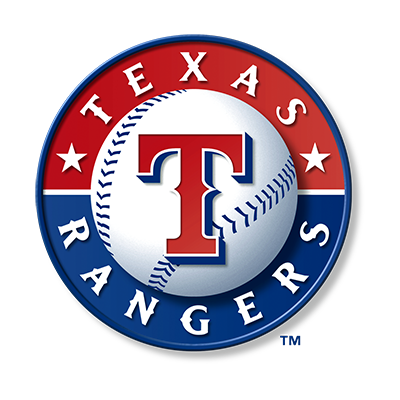
NOMAR MAZARA, OF, TEXAS RANGERS: On April 10, in a 3-1 loss to the Los Angeles Angels, the 20-year-old Mazara debuted with a start in right field, and collected hits in his first three at-bats, including a homer in the fifth inning.

BLAKE SNELL, LHP, TAMPA BAY RAYS: On April 23, in a 3-2 loss to the New York Yankees, Snell tossed five innings of two-hit ball, allowing one run and walking one while striking out six. The starting pitcher, he did not factor in the decision.
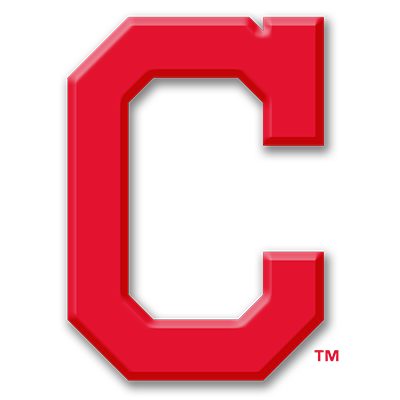
RYAN MERRITT, LHP, CLEVELAND INDIANS: On May 30, in a 9-2 loss to the Texas Rangers, Merritt came on in relief and tossed 4.1 innings of one-hit shutout ball to finish out the game, striking out two without walking a batter. Of 40 pitches thrown, 32 were for strikes.

LUCAS GIOLITO, RHP, WASHINGTON NATIONALS: On June 28, in a 5-0 win against the New York Mets. The first player on the Nationals to make a 2016 debut, Giolito did not get a decision in this game due to the mean ol’ weather gods, but the top prospect proved he was all he was cracked up to be as he threw four innings of one-hit shutout ball, walking two and striking out one, before a rain delay of almost an hour and a half ended his night.

KODA GLOVER, RHP, WASHINGTON NATIONALS: On July 20, Glover, though not quite as vaunted a prospect as Giolito, lived up to the famous Bull Durham movie line that strikeouts are fascist in his very short and very sweet big league debut in an 8-1 win over the Los Angeles Dodgers. He needed just four pitches to retire the side in the ninth inning to end the game, all four for strikes: fly out, ground out, fly out.
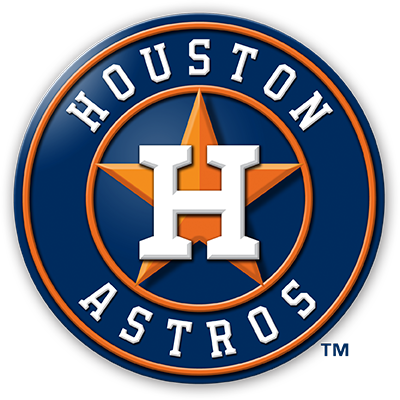
JOE MUSGROVE, RHP, HOUSTON ASTROS: On August 2, in a 2-1 loss to the Toronto Blue Jays. The second of two pitchers on the night, he came on unexpectedly when starter Lance McCullers Jr. injured his elbow and finished out the game, allowing one hit over 4.1 innings of one-hit ball, walking one and striking out eight.

ROB SEGEDIN, 3B, LOS ANGELES DODGERS: On August 7, in and 8-5 win over the Boston Red Sox, the starting left fielder batted eighth and went 2-for-3 with four RBIs, with a two-run double and a two-run single, setting a Dodgers record for most RBIs by a player making his MLB debut. Segedin had been seriously considering retiring a year before this when he was demoted by the Yankees from Triple-A to Double-A, but signing with the Dodgers gave him new life.
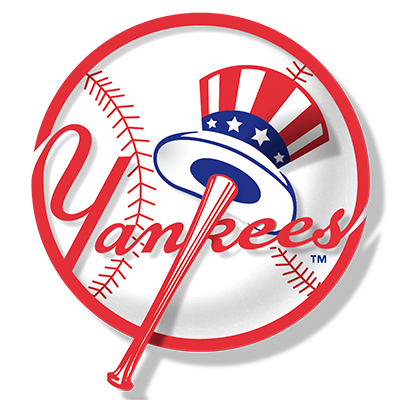
AARON JUDGE, OF, AND TYLER AUSTIN, 1B, NEW YORK YANKEES: On August 13, in an 8-4 win against the Tampa Bay Rays, the pair virtually made their MLB debuts simultaneously, both taking the field as the starting right fielder and first baseman respectively. They also became the first-ever pair of MLB teammates to both homer in their first major league at-bats in the same game, when Austin, batting seventh, went deep off of Rays starter Matt Andriese in the bottom of the second, and Judge, batting eighth, followed with a 440-foot blast to center moments later. Austin finished the night 2-for-4 with two runs scored while Judge went 2-for-4 with two runs scored as well.
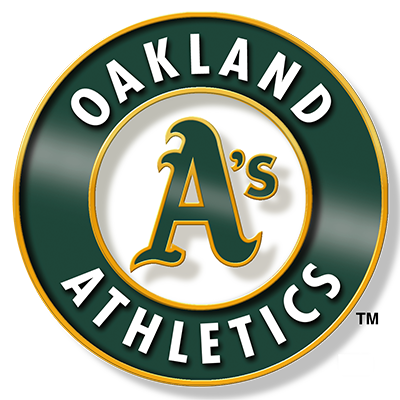
JHAREL COTTON, RHP, OAKLAND ATHLETICS: On September 7, in a 4-1 win against the Los Angeles Angels, Cotton started and earned the win with six-and-one-third innings of two-hit ball, allowing one run and walking two while striking out three. The Virgin Islands native retired the first nine batters he faced in order, and became the first Athletics pitcher to allow two or fewer runs in six or more innings in his big league debut since 1940.
* * * * *
AN ODE TO THE SEASON’S OH-SO-CLOSE DEBUTANTES
And finally, I feel the need to pay a small tribute to the few, the strong, the players who were called up to the big leagues in 2016 but never got into a game. Hell, I had their pages written, their capsules ready to roll … and then … they were sent back down, never to return (or, in the case of Toronto righthander Chris Smith, the season simply ended with him sitting in a Blue Jays uniform in, I assume, the bullpen).
Let’s give these guys a hand and another look and hope that in 2017 they’ll get to join the … well, whatever we call this crew next year (I am hellbent on a name change and accepting suggestions!)
In chronological order of their heartbreaks, I mean promotions:
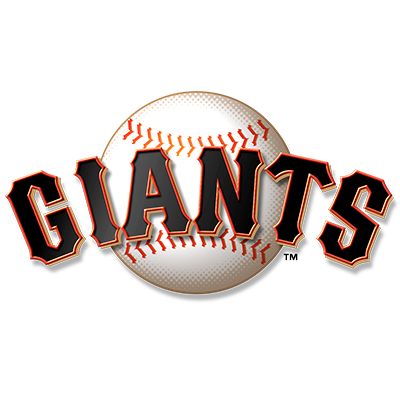
CLAYTON BLACKBURN, RHP, SAN FRANCISCO GIANTS: Recalled from Triple-A Sacramento on May 12 when outfielder Jarrett Parker was sent down, Blackburn did not get into a game before being optioned back to the PCL on May 16. He remains on the Giants’ 40-man roster.
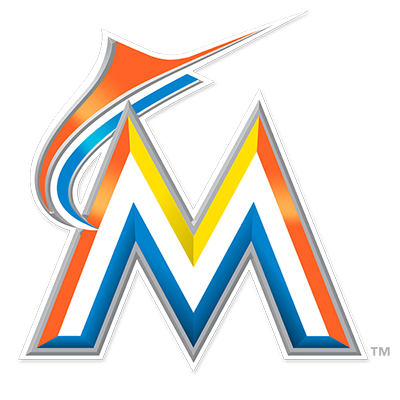
JARLIN GARCIA, LHP, MIAMI MARLINS: The southpaw was recalled from Double-A Jacksonville on May 15 when right-hander Nick Wittgren was sent down, but returned to the minors on May 19 without getting into a game. After not pitching for eight days, he landed on the disabled list with a triceps injury shortly after his return to Jacksonville and did not pitch again until August, and even then only sparingly in his return. He is trying to make up for time lost at the Arizona Fall League.
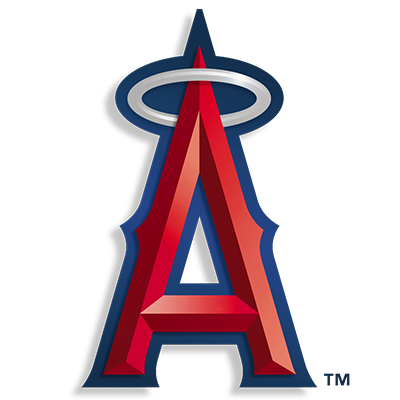
CHRIS JONES, LHP, LOS ANGELES ANGELS: Jones was recalled from Triple-A Salt Lake on May 30 when right-hander Deolis Guerra was designated for assignment but was sent back down on June 1 without seeing any action. He spent the rest of the season with the Bees, on and off of the disabled list with varied injuries, and wound up with a 7-11 record and 6.46 ERA in 23 games.
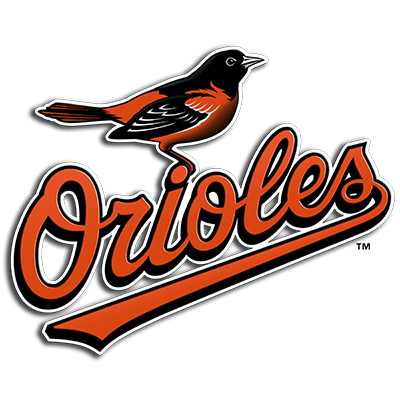
SHARLON SCHOOP, OF, BALTIMORE ORIOLES: Schoop is sort of an “asterisk” guy on this list, because while he was technically never “called up” or added to the Orioles’ 40-man roster, he was brought to Baltimore June 20 and was in uniform in the dugout during a short span when a few players were serving suspensions for a prior brawl, so that he’d be available if needed. He was not needed, and thus sent back to Triple-A Norfolk on June 23. The native of Curacao deserves mention because not only is he the older brother of Orioles star second baseman Jonathan Schoop (who, let it be noted, was NOT one of the players serving a suspension), and a long-time star for the Netherlands and Curacao international squads, 2016 marked his 11th season in organized baseball without having had made his MLB debut. And we think that needs to change soon.
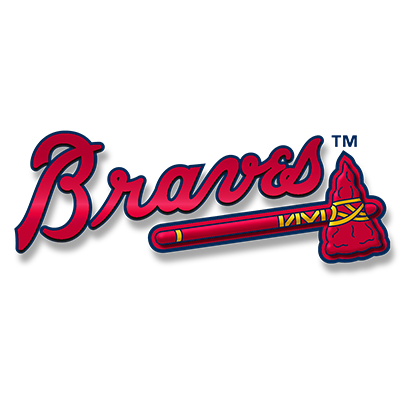
RONNIER MUSTELIER, 2B, ATLANTA BRAVES: Mustelier came to the big leagues for a day as part of an agreement between MLB and the players’ association that allowed the Braves and Marlins to each add a “26th man” for a special “Independence Day” game played at Fort Bragg military base. He was sent back to the minors the next day and designated for assignment July 21. Fun fact: The two players called up as 26th men for this game were Mustelier, born in Cuba, and Marlins outfielder Yefri Perez, who was born in the Dominican Republic. Both would have been making their MLB debut had either gotten into the game, which neither did. Perez, however, was recalled 10 days later and made his debut on July 17. Mustelier was outrighted off of the Braves’ 40-man roster July 20 but remained with Gwinnett, hitting .291 with five homers and 50 RBIs in 117 games.

SHAWN ZARRAGA, C, LOS ANGELES DODGERS: Surely you saw the clip of the long-time backup catcher from Aruba fist-pumping and chest-bumping and basically having the time of his life with his new teammates in the Dodgers dugout upon his arrival in the big leagues on August 25, when he was recalled from Triple-A Oklahoma City and pitcher Luis Avilan was sent down. With catcher A.J. Ellis traded to Philadelphia for catcher Carlos Ruiz, the Dodgers were down a catcher and needed one fast. The switch-hitting Zarraga, a former 44th-round pick who had been a stalwart in spring training and behind the plate in the minors for nine years, was a popular choice, as evidence by how happy his teammates were to see him. They didn’t get to celebrate for very long. Ruiz showed up the next day, Zarraga was back to Oklahoma City, and there he stayed. Had he gotten into a game, he would have become just the sixth Aruban-born player to reach the majors and the first since Boston shortstop Xander Bogaerts arrived in 2013, and the first-ever Aruban-born catcher. When he joined the club for that brief fling, he was given the uniform No. 73, the first-ever Los Angeles Dodgers player to wear that number. Zarraga bounced between Oklahoma City and Double-A Tulsa over the course of 2016 as a back-up catching in both places, hitting just .167 with Oklahoma City but .306 with Tulsa, combining for a .256 average in 46 games between the two.
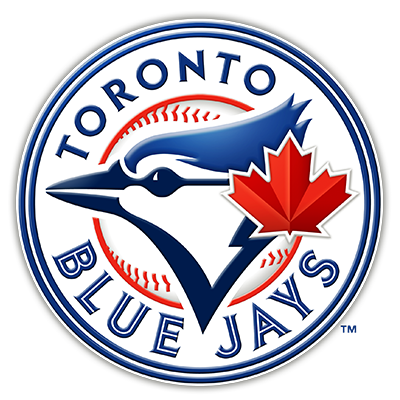
CHRIS SMITH, RHP, TORONTO BLUE JAYS: The well-traveled Smith had his contract purchased from Triple-A Buffalo on September 27 and spent the last six days of the 2016 regular season with the eventual American League Divisional Series-bound Blue Jays but never got into a game. When the last pitch was thrown on October 2, Smith was the lone player who had been legitimately called up and was still there without having made his major league debut. I know, kinda makes you want to cry, right? But maybe, you say, hey, he’s got plenty more chances. And then that’s when I say, well, but, you need to know how this guy got here! The 28-year-old Smith wasn’t even drafted out of college at Kentucky Wesleyan, where he had primarily been a shortstop and center fielder. He spent his first few pro seasons kicking around the lower levels of the independent leagues, toiling in outposts like Lake Erie, Traverse City and Washington (NOT D.C.) in the Frontier League, as well as playing in New Mexico in the Pecos League. He even pitched for the famed Brisbane Bandits in Australia. He finally got onto the affiliated radar when he signed with the New York Yankees organization as a minor league free agent in 2013 but he fractured his freaking forearm during spring training and missed the entire season! He pitched in the Yankees organization in Class A in 2014 and the first half of 2015 before the Yankees released him, and quickly signed on with the Jays a few weeks later. In 2016 all he did was post a 1.93 ERA in 47 games between Double-A New Hampshire and Triple-A Buffalo with 15 saves, striking out 81 batters in 60 2/3 innings, walking 22, allowing just 46 hits, and limiting opposing hitters to a .206 average. Not too shabby. I worked hard on his debut capsule and was excited to run it. So, even though he didn’t debut – technically – hats off to you, Chris Smith, and your oh-so-close compatriots.
Let’s hope that 2017 is the year that all seven of you get to put “major league baseball player” on your resumes. You have all earned it!

